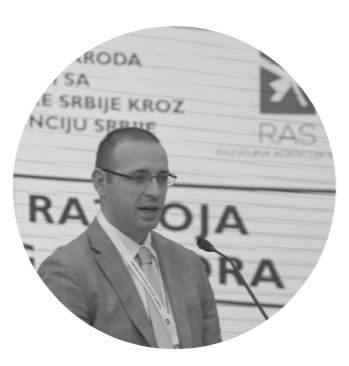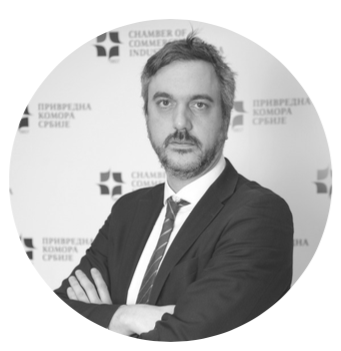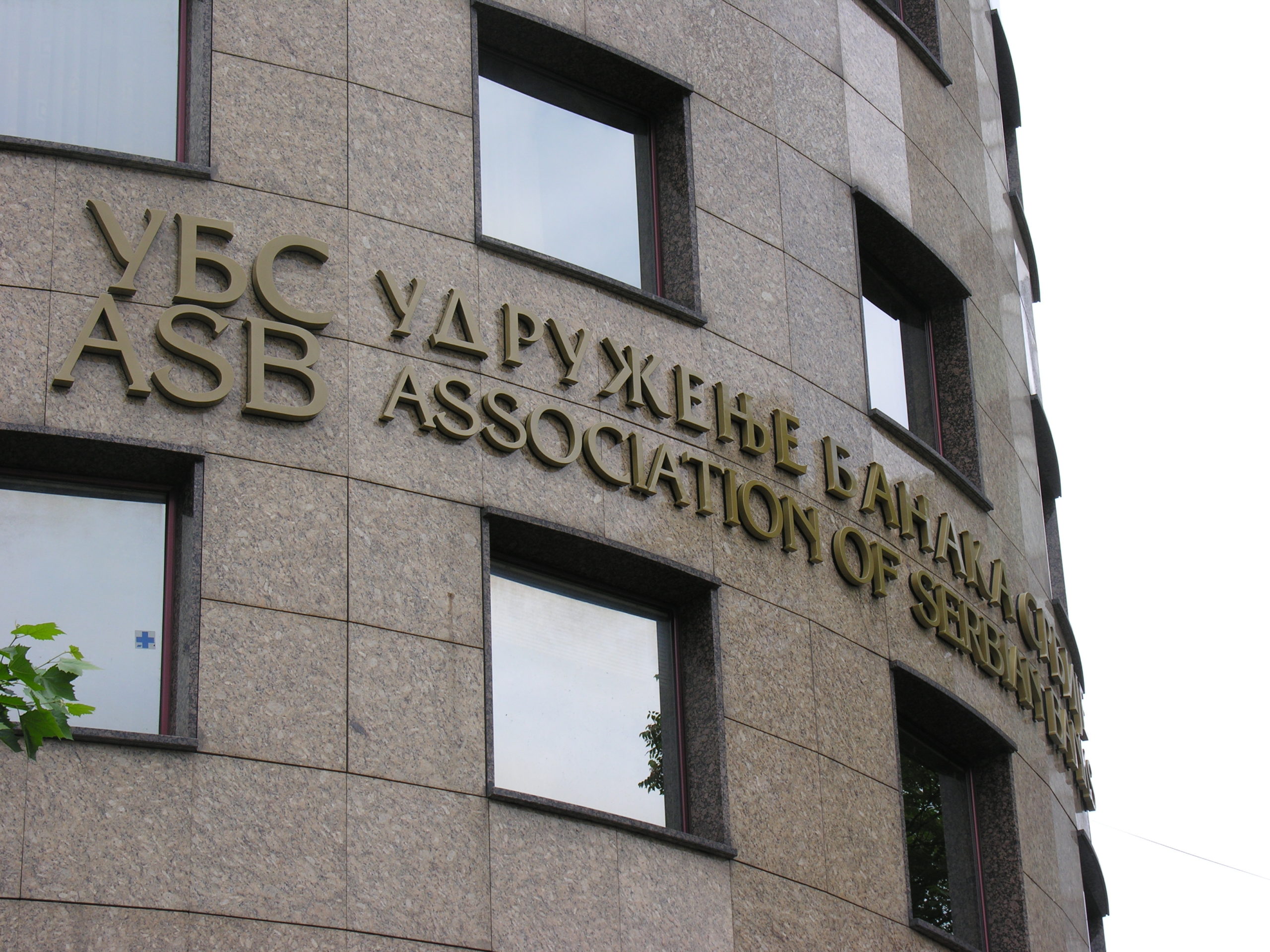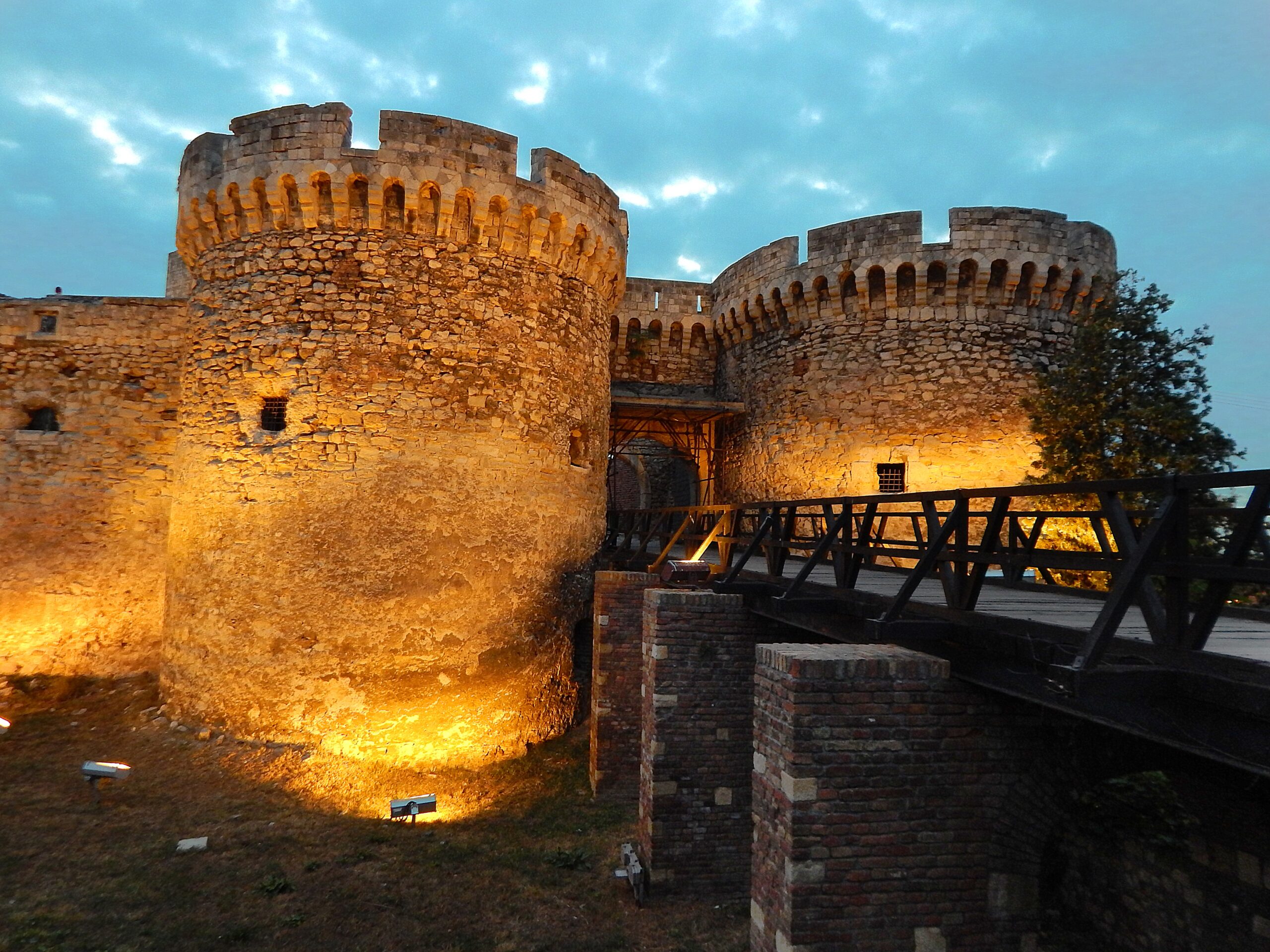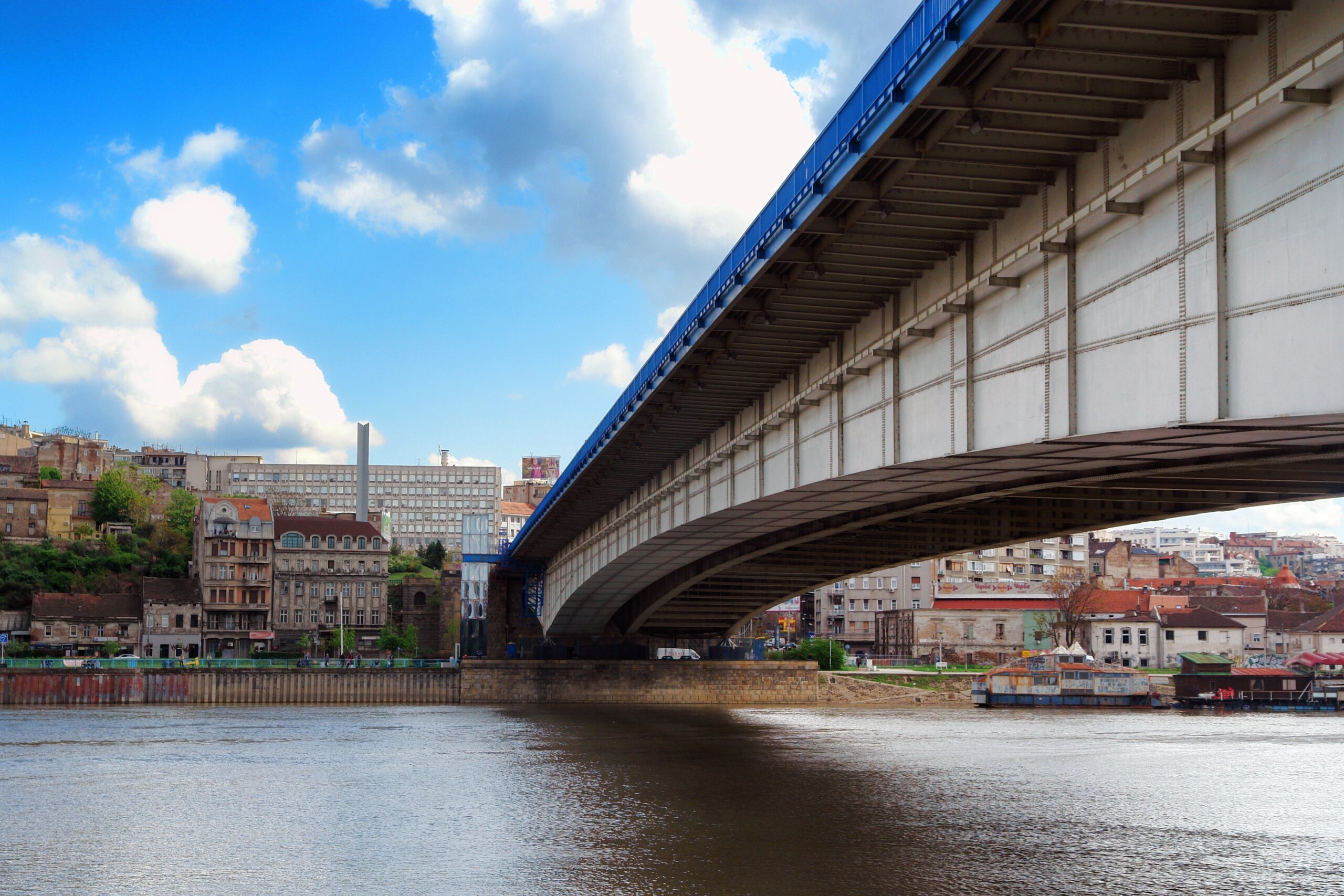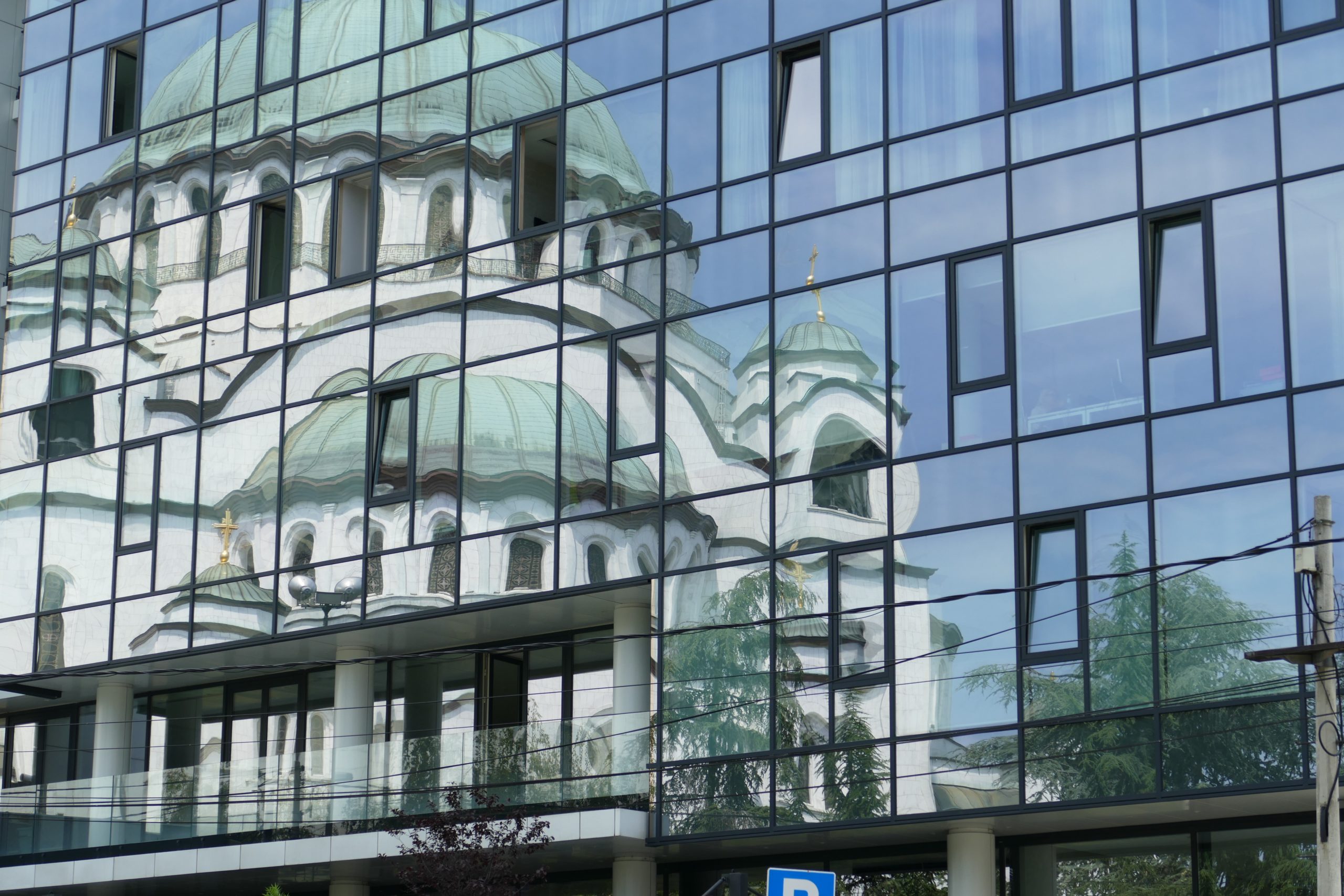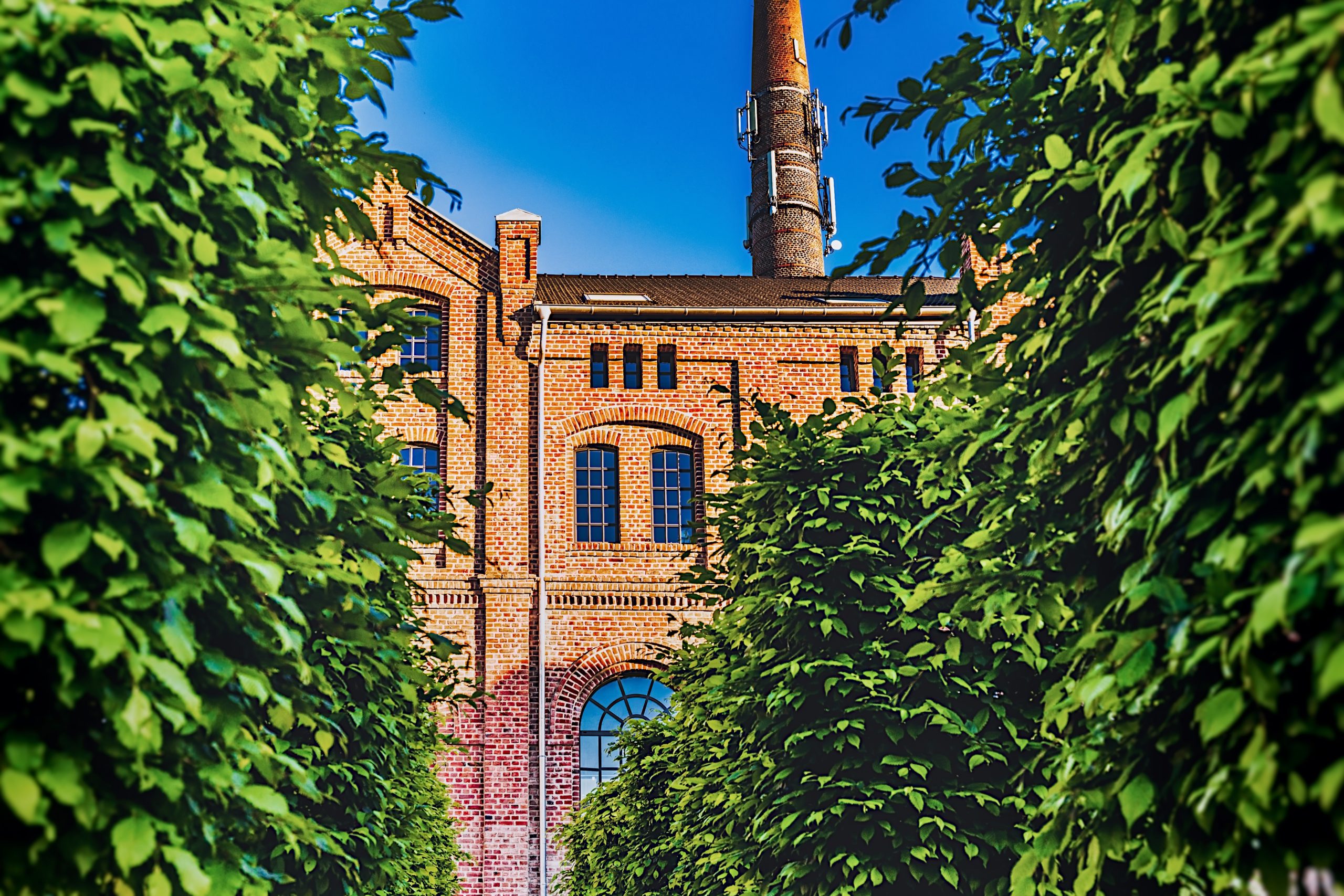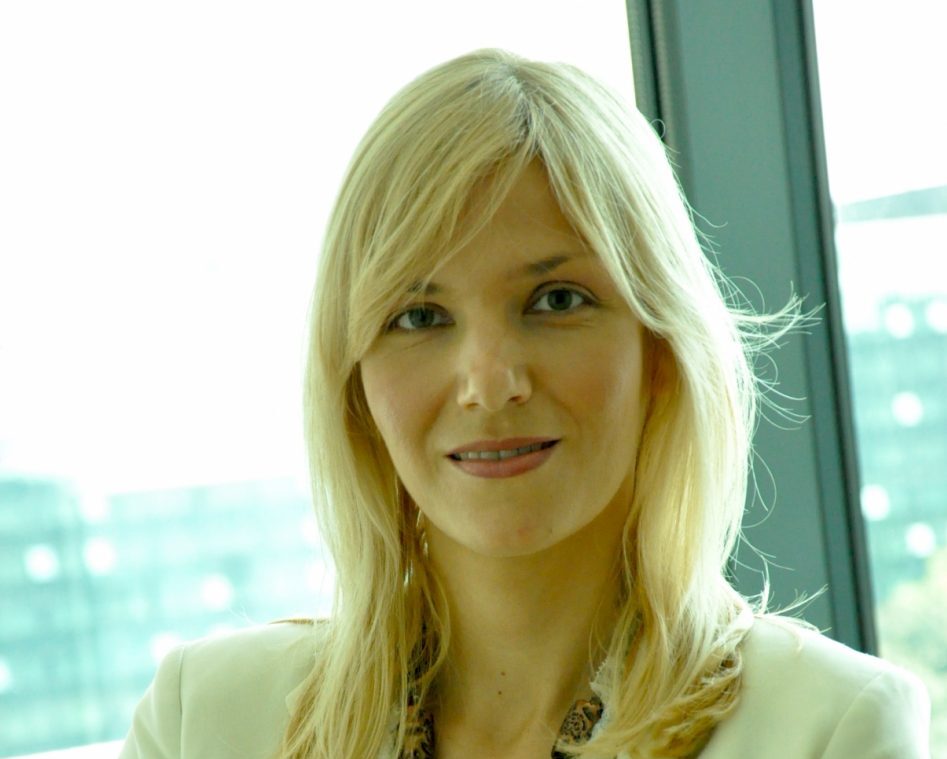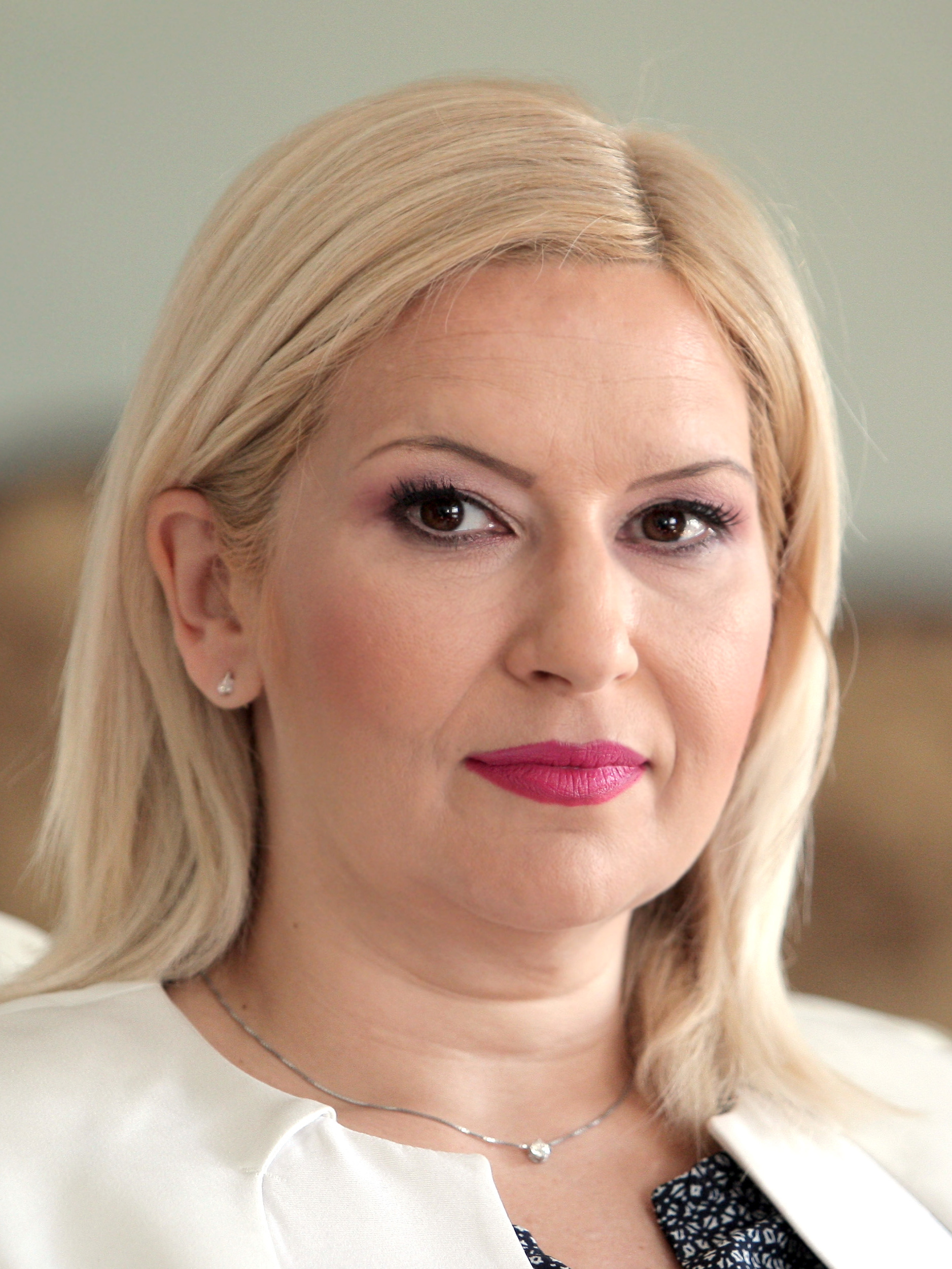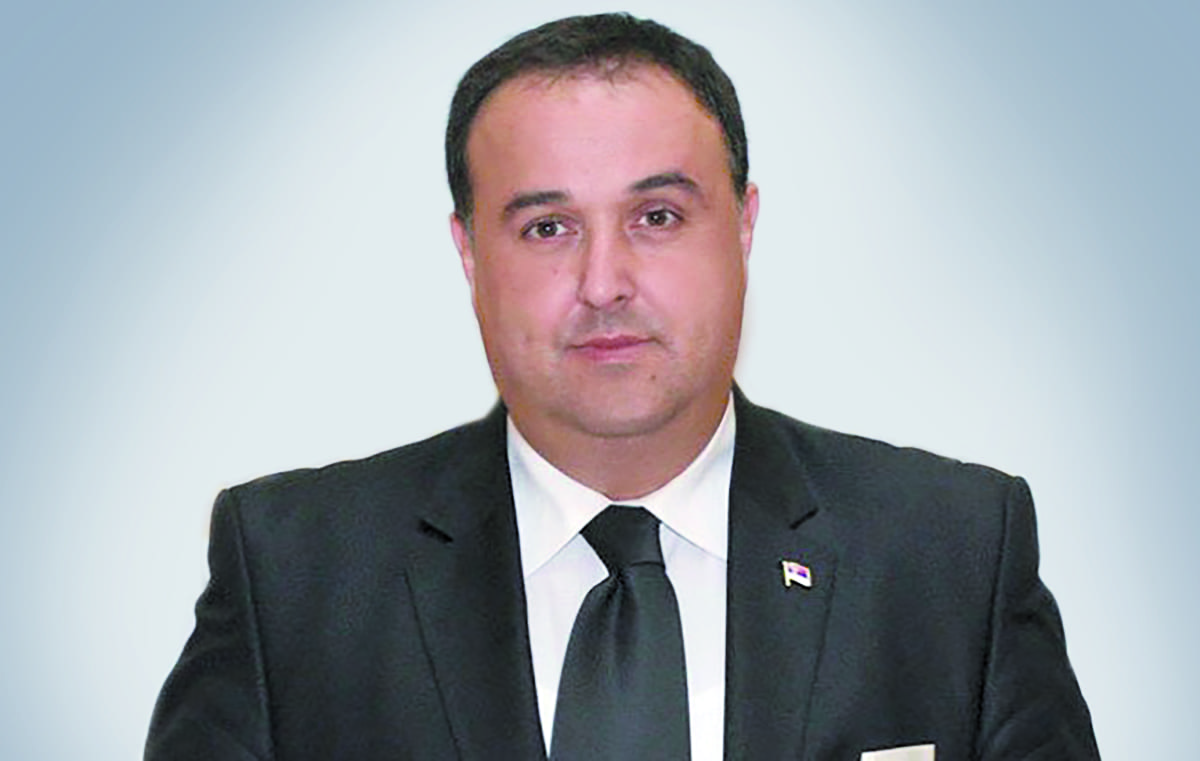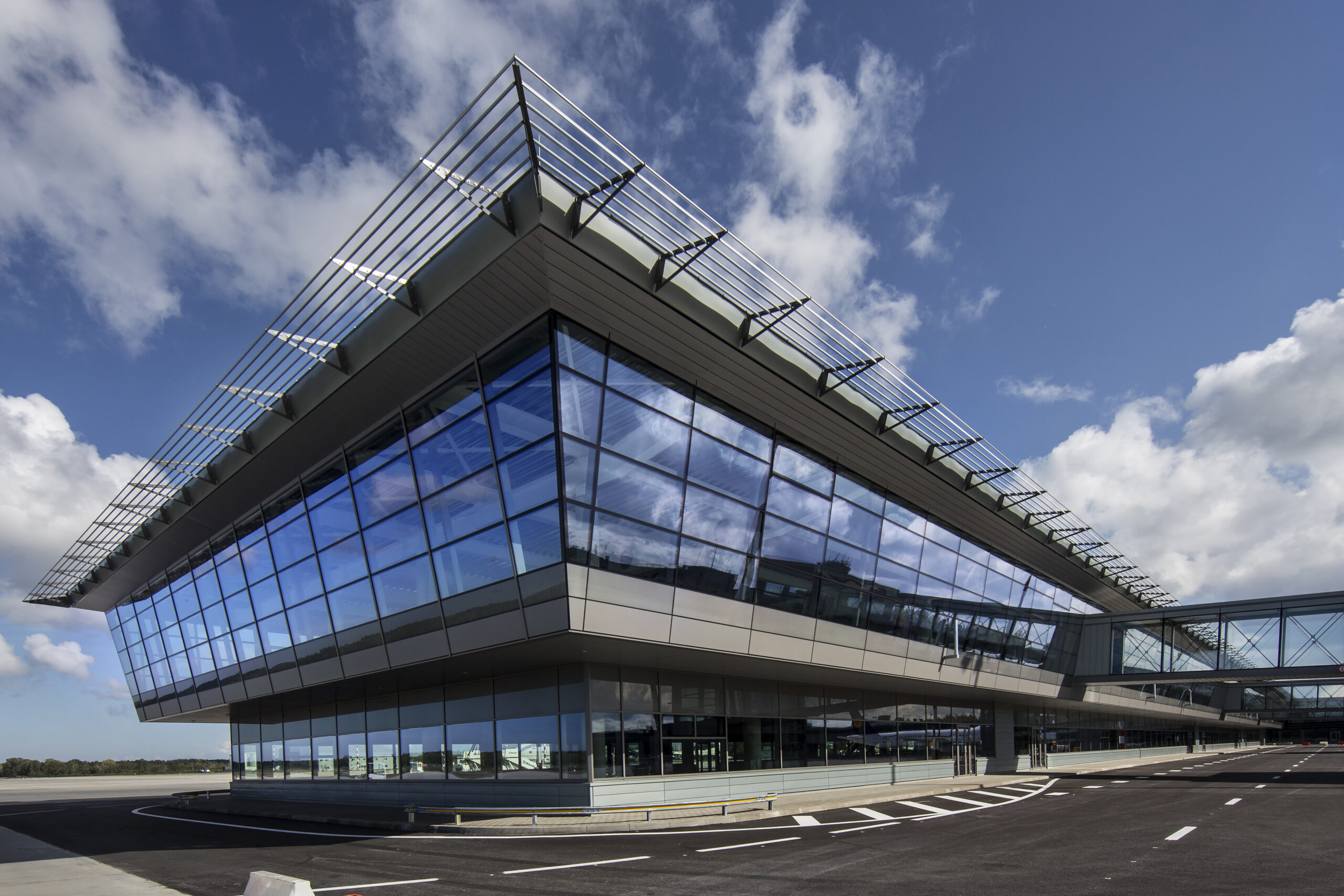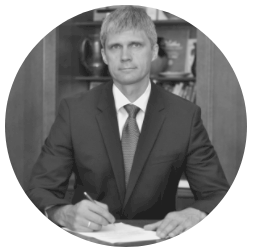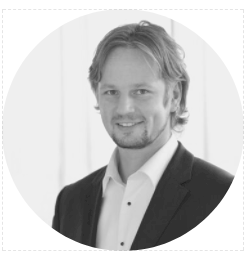
What makes Kilkenny “the Best of Ireland”?
At the heart of Ireland’s Ancient East, Kilkenny is both ancient and modern. This compact city of cobbled laneways and vibrant streets with Ireland’s celebrated Medieval Mile at its core is bookended by the stunning 14th century Kilkenny Castle at one end and the 13th century St. Canice’s Cathedral and 9th century Round Tower at the other.
What is Kilkenny’s track record for attracting business?
Kilkenny is home to internationally renowned companies such as State Street International, Glanbia and UPMC – all of which are growing their presence.
In April 2023, global healthcare leader, Abbott, turned the sod on a new 320,000 sq ft manufacturing plant in Kilkenny City, which will begin manufacturing in 2024 with a projected workforce of 800.
In March 2023, International Funds Administrator, Aztec Group, announced that their expansion in Ireland would take place in Kilkenny, serving new and existing clients eager to do business in the Irish domicile.
Alongside these international leaders, indigenous companies such as CluneTech, Tirlán, VHI, and Carne Group have all made Kilkenny their home.
Steeped in design heritage as a designated World Crafts Council Craft City and Region, Kilkenny’s creative and cultural credentials have contributed greatly to a dynamic and thriving economy.
Cartoon Saloon – renowned in the international animation industry – is a five-time Academy Award®, Golden Globe®, BAFTA, and Emmy nominated animation studio established and based in Kilkenny.

What sets Kilkenny apart?
Kilkenny is strategically located in the South East of Ireland and a 90 minute drive from Dublin Airport. It is also home to Ireland’s closest multi-modal port to Europe at Belview in the south of the county.
Kilkenny offers access to a regional population of more than 500,000 within a 40-mile radius and two campuses of the South East Technological University within a 30 minute drive.
International accolades including Europe’s Friendliest City, Michelin starred restaurants and a year-round schedule of festivals make Kilkenny a top location for staff to live.
Career opportunities in top class companies, short commute times, and the opportunity to live in a fantastically vibrant and cosmopolitan city make Kilkenny the place to invest, live and work.
What property solutions does Kilkenny offer?
The Abbey Quarter – celebrating our history and creating our future, a vibrant new Urban Quarter is being created in the heart of Kilkenny’s medieval city. Located on the site of the former Smithwick’s Brewery on the banks of the River Nore and originally settled in the 13th century, the site was purchased by Kilkenny County Council for regeneration in 2015.
Over the life of the planned regeneration, a mixed-use Urban Quarter including office, residential, hotel, retail, and education facilities will be created.
The Brewhouse – the first office space on the site – is a Grade A building of over 45,000 sq ft. It is now fully complete and occupied. This building is unique and has been hailed as one of the best examples of Bauhaus architecture in Ireland.
The next phase of development will add 38,000 sq ft of office accommodation for business use.
What is your vision for Kilkenny?
Our city and county have been central to Ireland’s Ancient East for hundreds of years.
Our only constant is, and always will be, change. Change is now taking place faster than ever and in Kilkenny we are focused on creating a future-ready society with sustainability, climate, health, and inclusivity at the forefront of our vision.
Our vision is a society where everyone who invests, lives and works is welcomed and valued.
Share our vision on investing, living and working in Kilkenny.
For more information visit: InvestKilkenny.ie
A Conversation with Sean McKeown,
Director of Services of Kilkenny County Council


Sean McKeown
Director of Services Kilkenny County Council
Sean McKeown recently spoke about Kilkenny’s history, vibrancy and infrastructure, and how they combine to create a flourishing center for business, capable of attracting world-class FDI.
McKeown emphasized, “A major boost to Kilkenny’s economic landscape is the ongoing regeneration project known as the Abbey Quarter. This 15-acre site is being transformed into a seamless extension of the medieval City of Kilkenny. We master-planned its development with the local community, and have 15 building blocks that will be built out over the next 10 to 12 years. This ambitious project includes new state-of-the-art workplaces in the city’s urban district along with living accommodation and public-realm.
“Kilkenny’s unique selling point lies in its focus on preserving its medieval credentials while integrating modern developments. With the regeneration, public spaces will seamlessly blend the historical quarter with the existing city center, creating a high-quality environment for businesses and residents alike. We’re seeing an increasing demand for companies to establish operations in Kilkenny, underlining Kilkenny’s growing appeal as a destination.”
While Kilkenny’s business landscape is thriving, there are also significant strides in tourism development. McKeown explained, “Two key projects have been the construction of a new Greenway – a walking and cycling trail – and the transformation of Kilkenny’s Medieval Mile Museum, aligned with Ireland’s Medieval Mile stretching from Kilkenny Castle to St. Canice’s Cathedral, which has reinforced Kilkenny as a flagship attraction within Ireland’s Ancient East. These projects aim to attract more visitors and promote the city’s rich medieval heritage.”
As Kilkenny continues to develop, its trajectory as a flourishing business hub with a high quality of life is undeniable. Kilkenny’s perfect balance of historical charm and modern innovation makes it a location to watch on the global stage.


